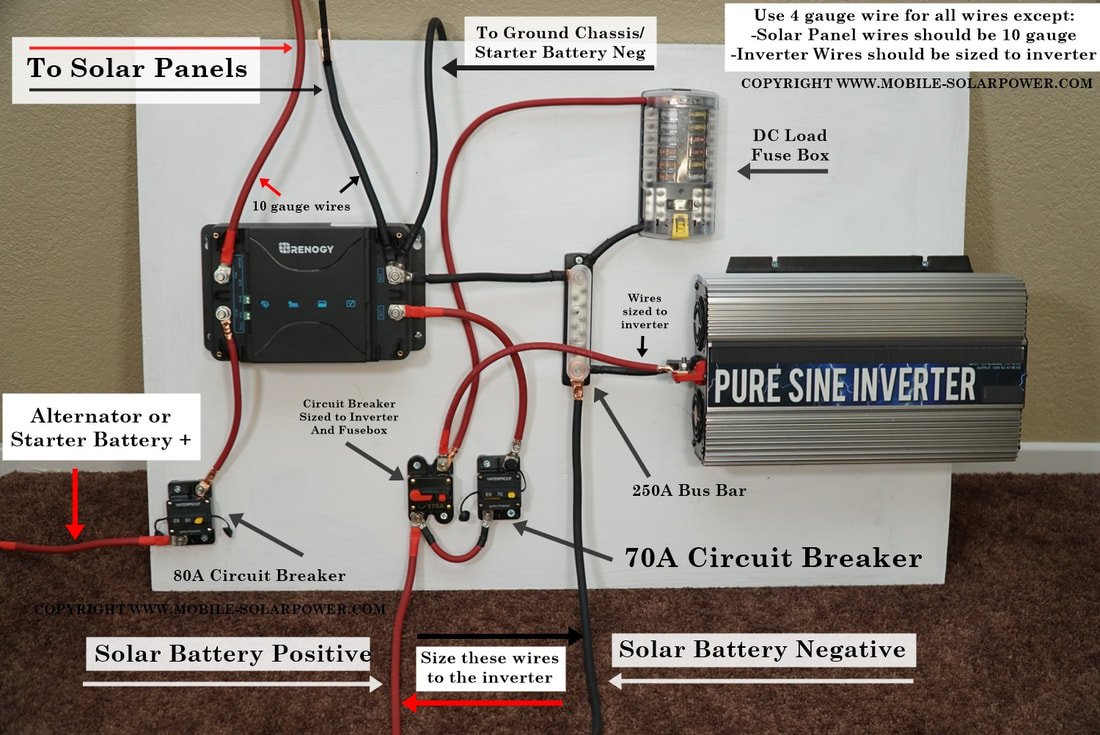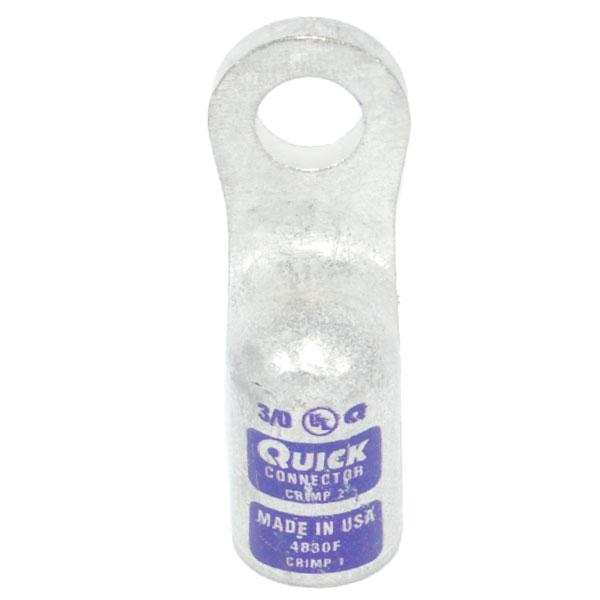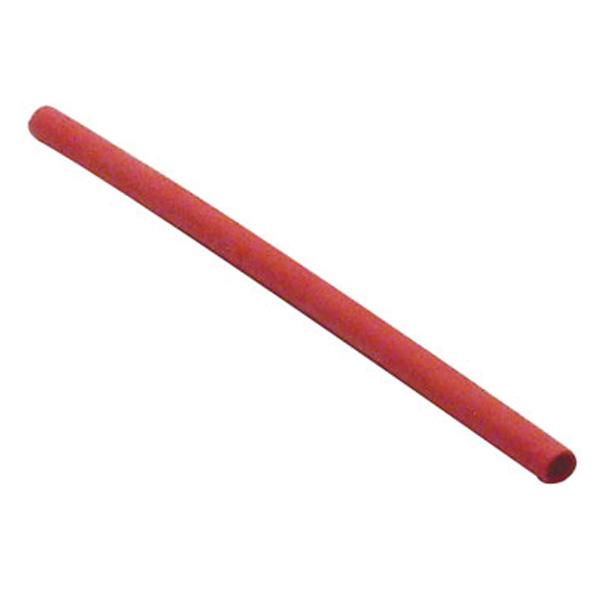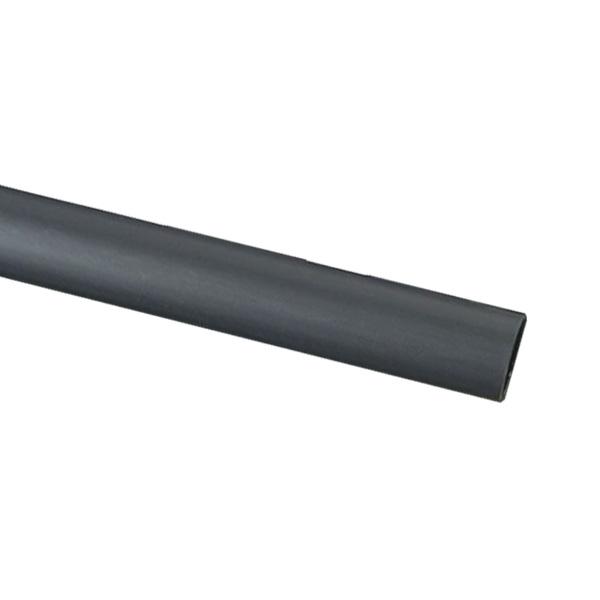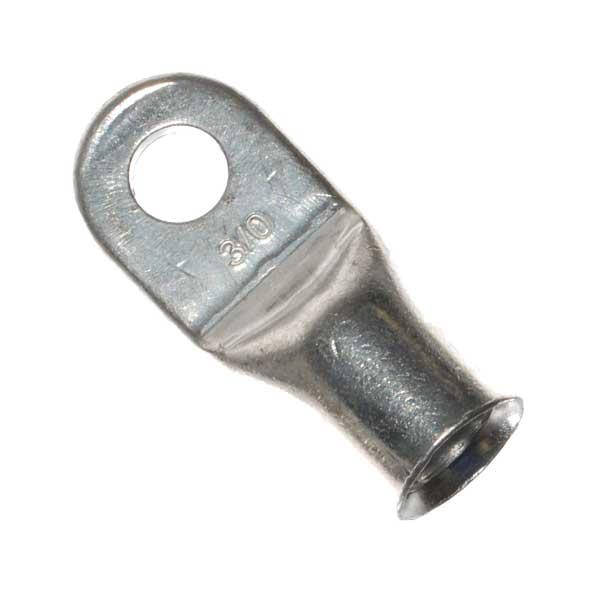Have you checked the local welding shop?
Some NAPA stores have welding supplies and can show you their heaviest terminals, and the local NAPA stores & welding shop will crimp your terminal ends on if you buy the biggest part of your supplies there.
Amazon... Go figure

Enormous energy source when batteries are charged.
Two batteries are enough power to do stick welding off of, so they will easily start a fire if anything g shorts the terminals.
For that reason, most certainly have a battery box with a cover.
If you link to the source, simply find 5/16" x 3/0 or 4/0 and use 5/16" brass bolts/nuts.
Yes.
Just use tape on terminals until you feel confident enough to solder and heat shrink.
DO find Red tape for the positive terminals.
Those 'Crack Head' jet torch lighters are cheap and will do the smaller terminals reasonably well.
Non-acid flux, silver bearing solder (no acid core), and a torch.
Heat the LUG (not the cable!)
Tilt the cable with crimped terminal down at about 45° angle so solder doesn't run up the cable,
Use the solder and poke the wire bundle until solder flows.
If you heat the lug and let heat transfer, not aiming the torch up, you won't burn the insulation.
When the solder starts creeping up the wire bundle, stop.
The solder will wick up the cable and make it stiff.
BoobTube should have a bunch of soldering videos, you will just have to pick the heavy cable ones out.
I leave a little slack in all cables, cables are expensive, expensive enough when one gets a little damage I fix it.
A rub on the insulation I slip some heat shrink over the cable and fix the issue.
I have a bad end, I change the end.
Small wires not so much, just too cheap/easy to make a new one most times.
You learn by doing,
Browse through the online catalogs to see what's available, and think about how it will work in your application.
Search battery cable terminals and see what pops up, browse...
A crack head torch lighter and a roll of solder, practice soldering scrap pieces of wire together so you get the hang of copper soldering.
Silver Bearing Electrical solder isn't that expensive, any clean copper wire will do for a little practice.
Simply don't use the torch to melt the solder, heat the lug or in the case of splices, the wire.
Lift heat and poke with solder... When it flows fill the joint and stop.
A shiny, smooth joint is a good joint.
A lumpy joint was a little too cold.
A dull finish on the joint was too hot.
Stay out of the wind!
 https://www.ebay.com/itm/Flo-Temp-L...2ad14a95f5:g:t4YAAOSwefldOzxB&redirect=mobile
https://www.ebay.com/itm/BernzOmati...2ad9538ed6:g:ltYAAOSwoGVdzA-l&redirect=mobile
https://www.ebay.com/itm/Flo-Temp-L...2ad14a95f5:g:t4YAAOSwefldOzxB&redirect=mobile
https://www.ebay.com/itm/BernzOmati...2ad9538ed6:g:ltYAAOSwoGVdzA-l&redirect=mobile



